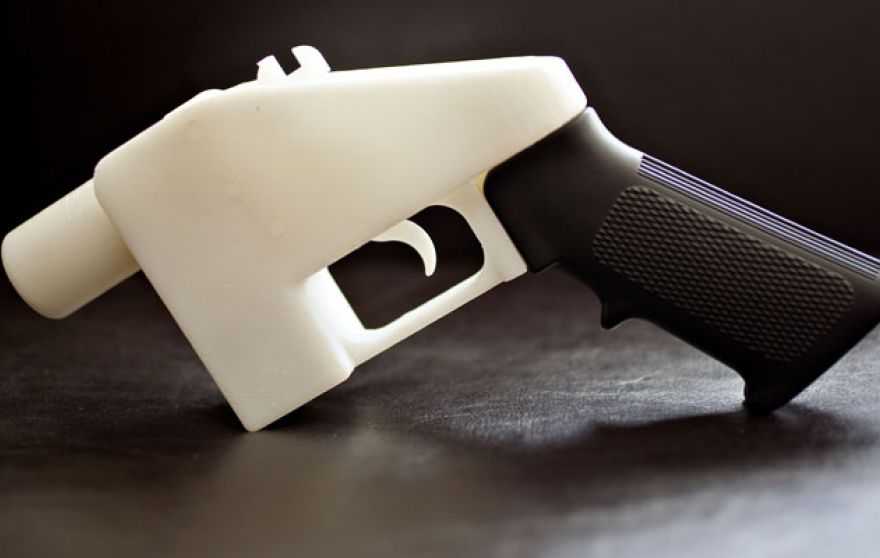Proposed regulation could keep 3D-printed gun blueprints offline for good
(FOX)
Those handy digital blueprints that enable anyone to 3D print gun parts or even a weapon from scratch could be under threat thanks to a new proposal from the State Department.
A notice posted on June 3rd in a recent Federal Register show that some changes are being made to the International Traffic in Arms (ITAR) regulations. Hidden within the proposal, which restricts what gear, technology, and info can and cannot be exported out of the US, is a ban on posting schematics for 3D printed gun parts online. The ruling comes just a month after Cody Wilson and, his group Defense Distributed filed a lawsuit against the federal government for forcing them to remove blueprints of the “Liberator” 3D-printed gun of off their website. Wilson described the move as a violation of First Amendment Rights and believes that the new mandate is a direct response to his lawsuit.
“This is a direct action on behalf of the Obama administration to control public speech about guns on the Internet,” Wilson told FoxNews.com. “They cynically redefine any posting of any technical data to be an ‘export,’ and thereby claim that it isn’t speech. It’s surreal and they’re getting away with it.”
“It’s speech control to regulate the gun culture. It’s not coming, like some are suggesting. It is here and I’ve been threatened with it and complete ruin for over two years.”
– Cody Wilson, Defense Distributed
In the public notice, the State Department revises the definition of export in an attempt to “remove activities associated with a defense article’s further movement or release outside the United States.”
Included in the new provision is “technical data” posted on the Internet.
The official added that the proposed definition changes have been in the works for several years, ever since President Obama announced his Export Control Initiative in 2009 and that these changes in definition seek to account for technologies not foreseen – like 3D-printing — when these regulations were initially developed.



